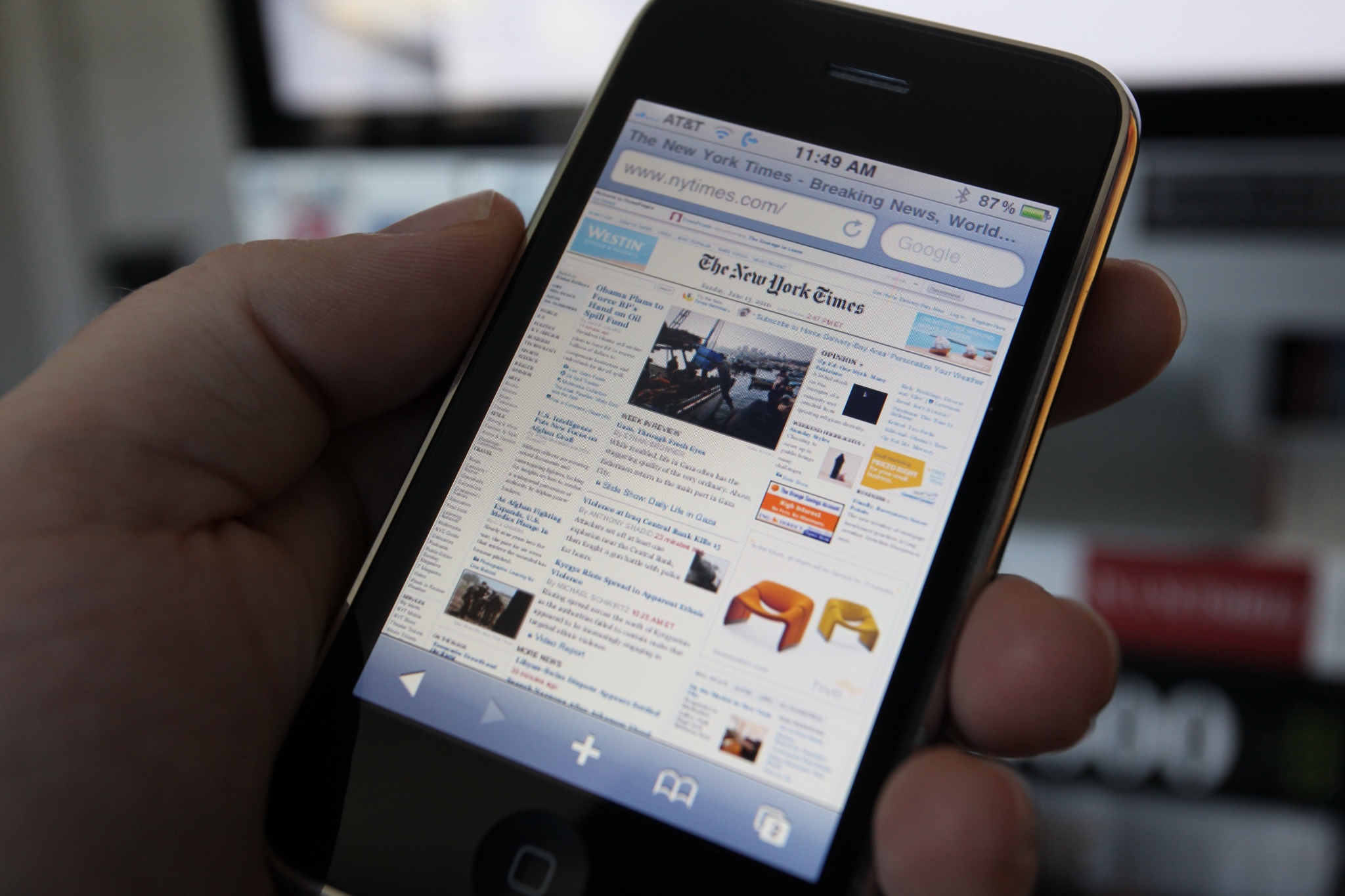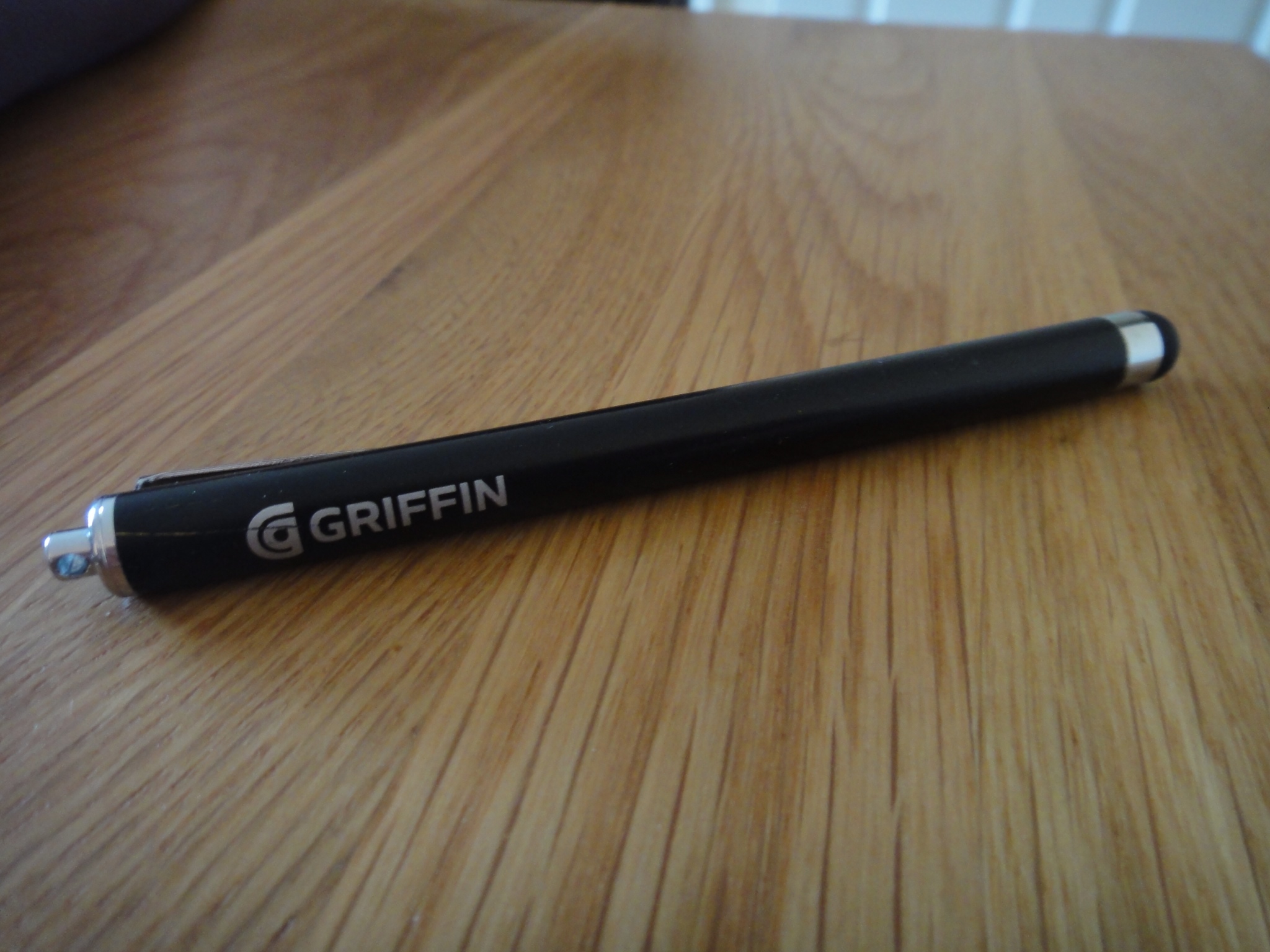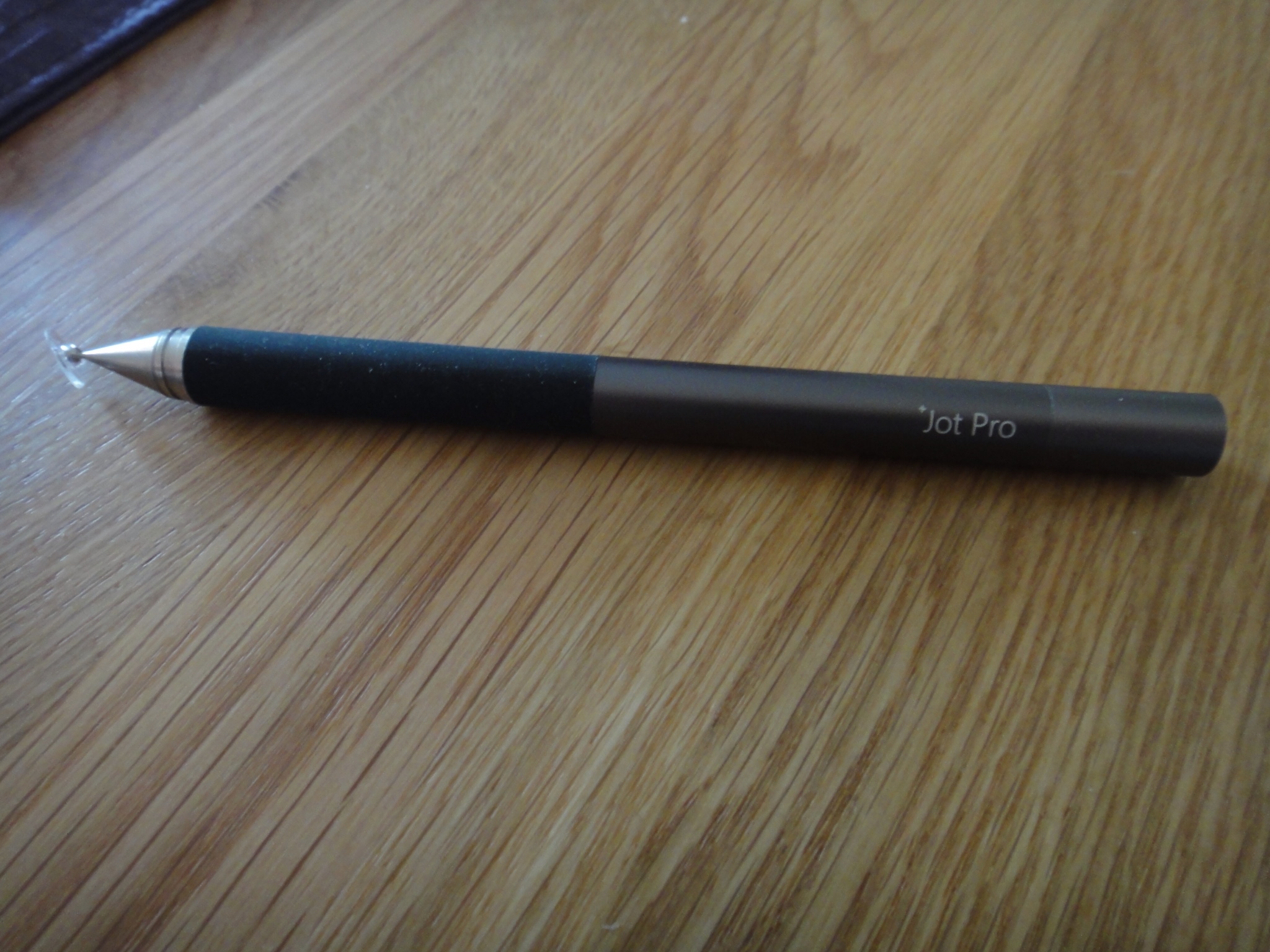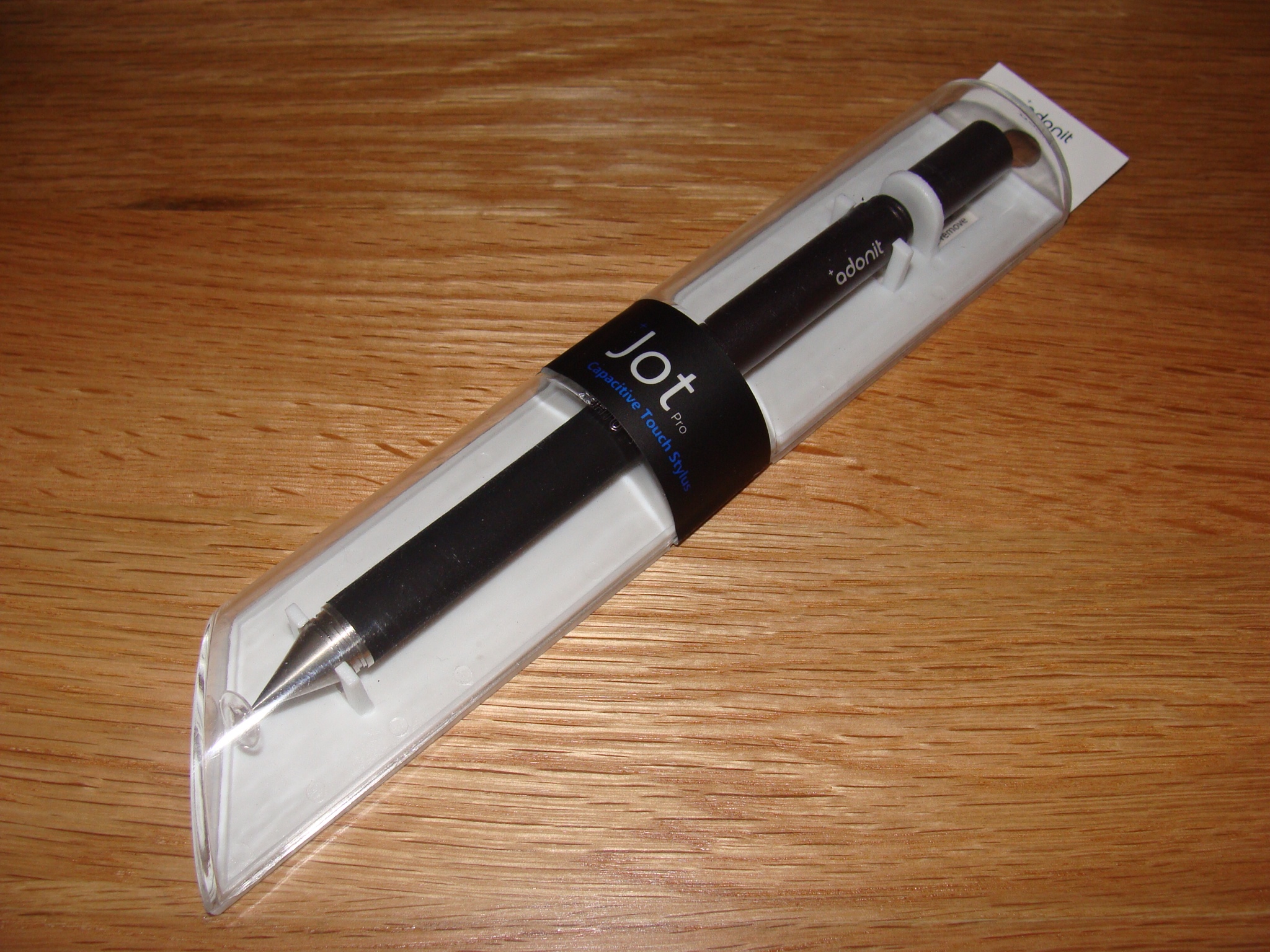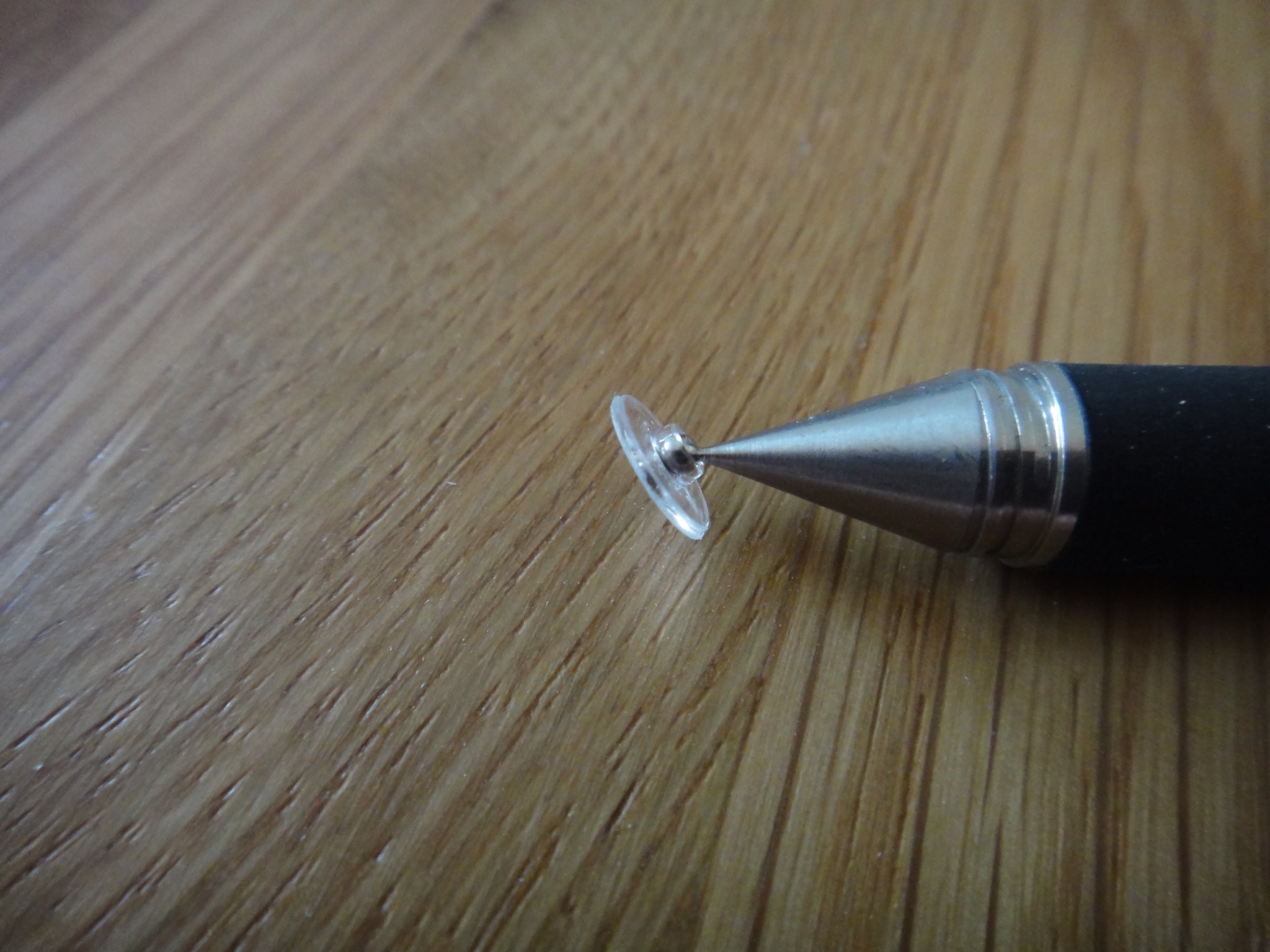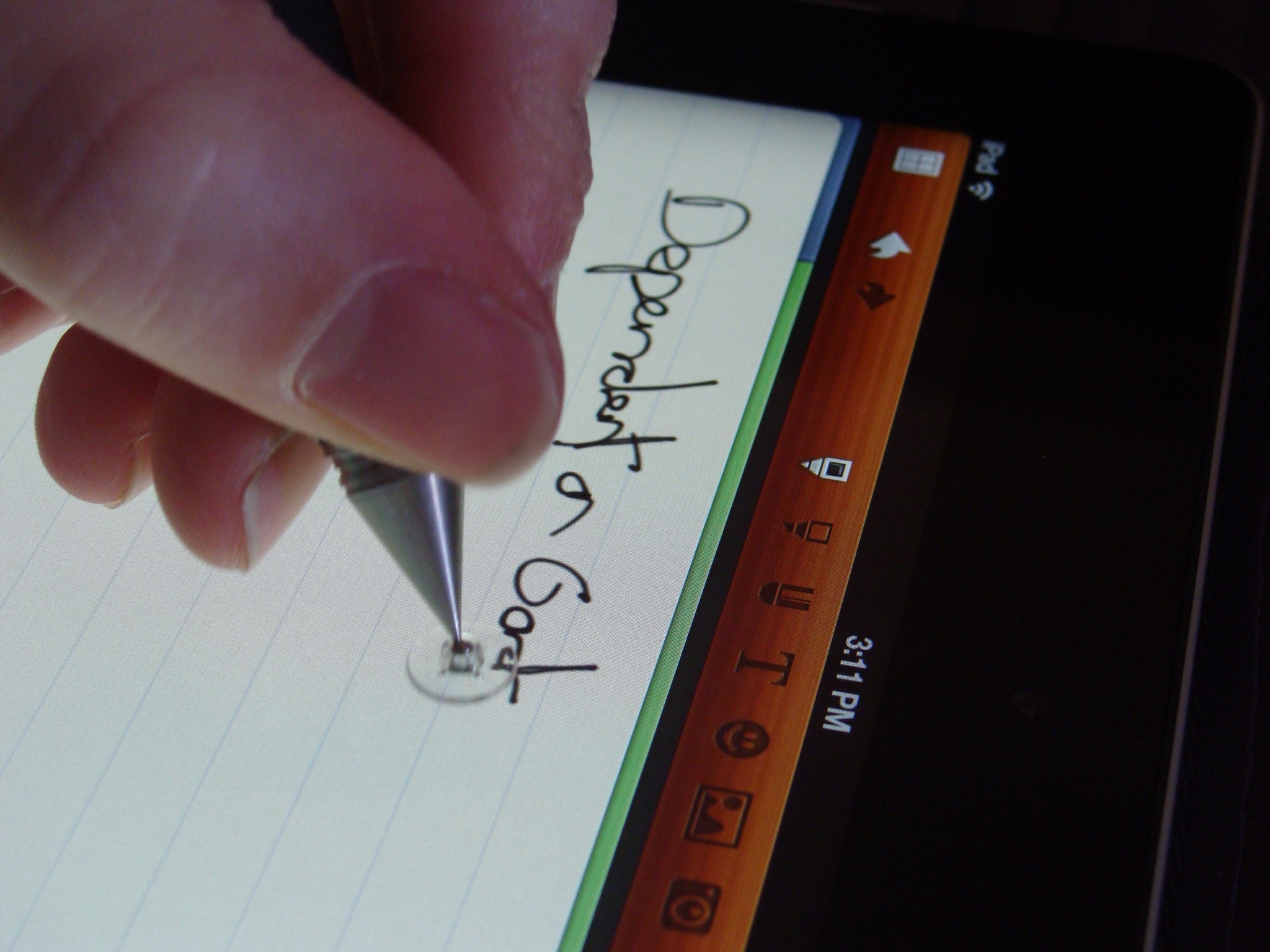Adonit Jot Pro Stylus Review
Apple didn't invent the touchscreen, but it's fair to say that when it comes to bringing technology to the masses, they successfully reinvented it with the iPhone.
Not only did they give us a truly responsive touchscreen, they allowed us to use a much more convenient tool than the plastic losable styli that came with smartphones before. Our fingers are at the centre of Apple's interface and, especially since tablets like the iPad came along, the more of them the better!
Go shopping for a phone or tablet now and, so long as you avoid the cheap and nasty, you're not confined to Apple when hunting for a good responsive touchscreen to swish your fingers about on and make things happen (either changing the world, one word at a time, or flinging angry birds at nervous looking pigs!).
So, if we don't miss these old stylus driven interfaces, why is by far the most popular article on my blog all about them? Well, it wasn't the stylus that annoyed us so much back in the day, it was the horrible low resolutions of the screens and the tiny on-screen buttons we were expected to prod at that made most people walk away and buy a Blackberry with it's proper keyboard.
However, there is a place for the stylus, not as a means to drive the interface, ie surf the net or move around a photo gallery, but for document annotation and handwriting, particularly in the office. With so many documents sent round electronically, many have found the ipad to be a fantastic tool for freehand annotation of PDF documents, or for taking notes on an app like 'Penultimate' or 'NoteShelf' without all the intrusive click-click-clicking of a keyboard and no more printing!
The stylus makes an obvious return as a better and more natural way of handwriting, rather than the slightly odd feeling of trying to do it with your finger. The trouble is, 'capacitive' screens like the iPad's or upmarket Android tablets like the Motorola Xoom or Asus Transformer are not designed to respond to a stylus.
The common solution so far has been to work with a pen-shaped stylus like the 'Griffin', as reviewed by me a while back here, which has a rubberised end on it. The effect is close enough to a pen for satisfying note taking, but it's rather like pushing an eraser head around the screen and will never feel as natural as a ballpoint pen.
Fortunately for us keen note-takers, there's a new player in town who have gone back to the drawing board (sorry) and come up with the 'Jot' and 'Jot Pro'. With the Jot range, Adonit have attempted to give us the experience of owning and using a quality ballpoint pen, not only in terms of weight and feel, but also in terms of the way it behaves on a tablet's screen.
I bought the Adonit Jot Pro
As I mentioned, Adonit are looking to give the feel of a proper pen and that starts immediately with the packaging. It's as nice a box as a good Parker pen at the same price might come in and just as hard to open if you haven't got a pair of scissors handy!
In the hand, the feel of design and quality is up there with how good it looks. The metal casing is available in a range of colours from fun to more business-like and usefully, the screw cap can be attached to the opposite end of the stylus whilst it's in use to reduce the risk of losing it. One thing I would note is, you really don't want to lose the cap. To achieve the accuracy of a ballpoint on a screen, Adonit have really innovated in their approach and you'll see a small, clear plastic disc with a tiny capacitive element in the centre, which actually produces your 'electronic ink'. The disc keeps the capacitive element flat against the screen whilst you write as if you're using a ballpoint. It works well as I'll describe below, but it looks delicate and should not be chucked in a bag exposed as you might risk with a pen.
I did initially wonder how exactly pushing this small disc around would feel like a pen, but in practice (and I tested this out on friends who all agreed) it feels totally natural and the accuracy of the output means that I'm more or less producing the same handwriting and detail of doodles and drawings as I would on paper. In a silent room, the tapping of the plastic disc hitting the screen is more noticeable than the near silence of writing with the older rubberized tips. However, I got used to it quickly and it's not nearly loud enough to be heard in meetings with others.
The overall impression I'm left with, is that the 'compromises' of working with older generation styli have been overcome and the age of proper digital annotation is here. Pay the extra for the Jot Pro and you'll get a rubberised grip and the pen is magnetised, so it'll cling to the iPad 2 or 'new iPad' (why couldn't they call it the '3'??) to prevent accidental rolling away. Others have complained that the strength of the magnetism is not enough, but I found that, with an offical smartcover on it (closed) it clung to the hinges with plenty of strength and I knew it wasn't going anywhere. It's worth the extra.
At around £26 in the UK, through sellers in the Amazon Marketplace
Adonit are certainly a company to watch...
Jp
Photo Credits:
iPhone 3 with New York Times http://flic.kr/p/8a5kMJ
HTC TYTN with stylus http://flic.kr/p/kfFf9

